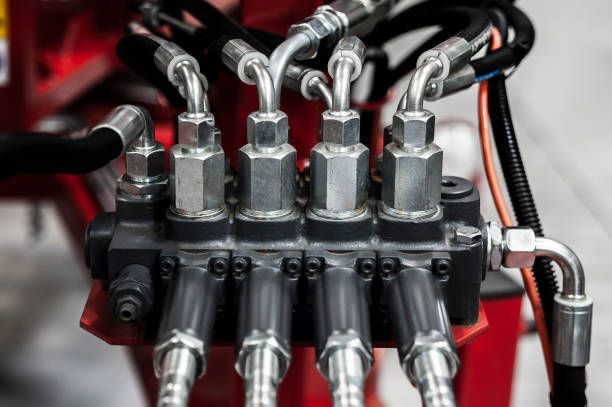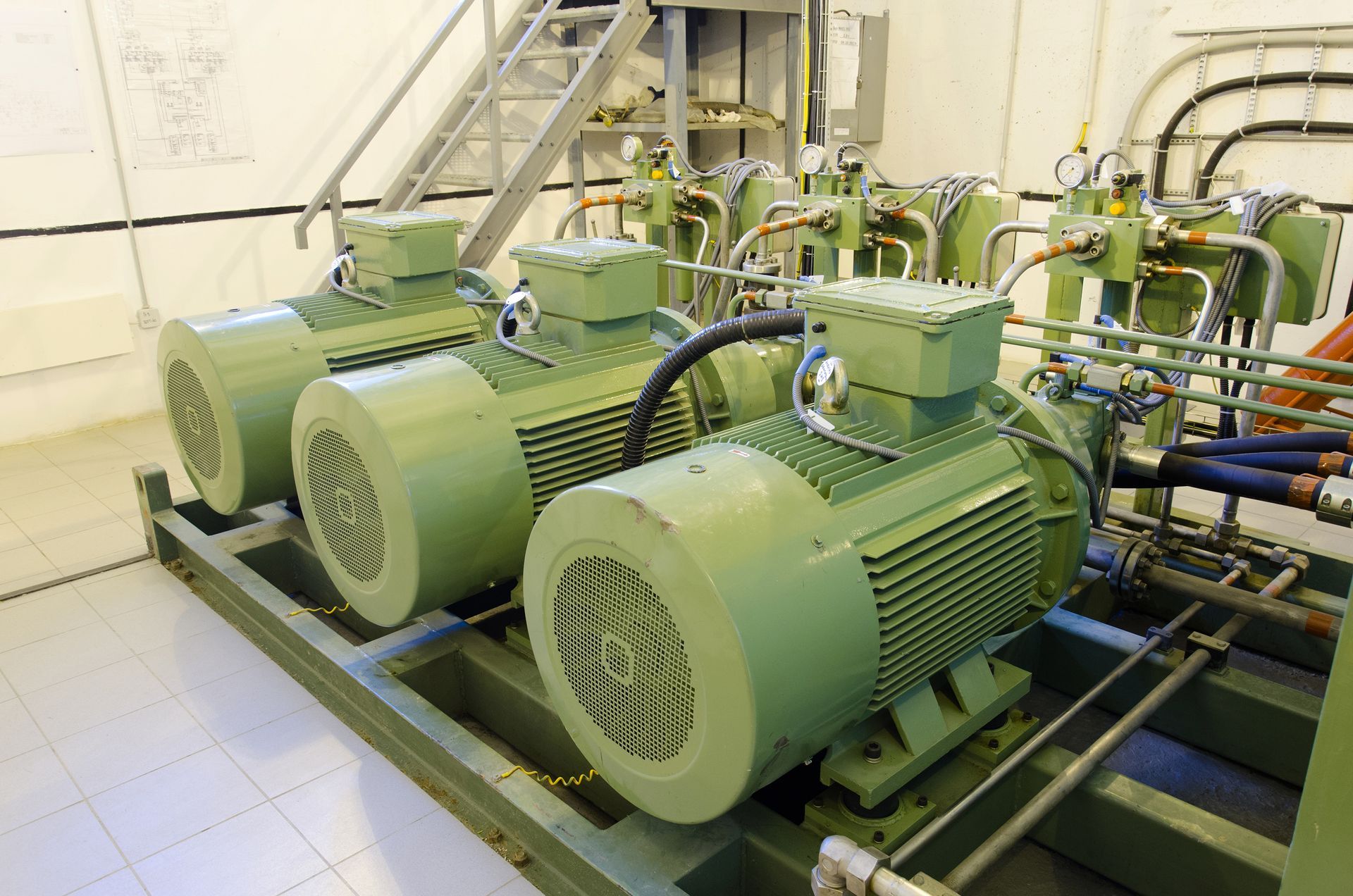Understanding Hydraulic Pump Fluid Contamination
Your hydraulic pump performs an important function. In fact, if you're like most industrial businesses, you rely on your pump daily. For this reason, guarding against hydraulic pump failure is crucial. Fluid contamination is one of the main causes of failure in hydraulic systems. To avoid contamination, you should understand contamination and how to spot and avoid it. Here's what to know.
Fluid Contamination
Particle contamination is when small or microscopic material particles make their way into your fluid. Common particle contaminants are small metal particles from the pump or surrounding machines, dirt, human skin, and hair flakes. It might not seem like these small particles can cause damage, but they definitely do, especially when they build up in the fluid.
Water can also be a fluid contaminant. Too much water in the fluid can lead the pump and system to rust and to various operation problems, including clogs and reduced efficiency. If fluid contamination gets too bad, your entire system could end up damaged.
The good news is that there are many ways to guard against fluid contamination and its damaging effects.
Inline Filtration
One of the best ways to protect your hydraulic fluid from contamination is to install an inline filtration system. These systems are especially good at helping you avoid particle contamination because they catch particles before they have the chance to enter the fluid area.
The key is to choose the right size and design of filter for your specific pump. If you don't choose carefully, these filters can cause pressure loss and other operation problems. If you're unclear on which exact filtration system to buy, get some professional advice before you make a selection.
Contamination Monitors
In addition to a filtration system, a contamination monitor can be a great help in maintaining the quality and integrity of your hydraulic fluid. Many different types and styles of monitors exist, but they all have one important function in common: measuring particulate levels and water concentration.
For best results, you should buy the most sensitive monitor that you can find. Also, keep in mind that some monitors also come equipped with liquid purification devices, some of which will even go to work automatically when they detect overly high levels of particles or water.
While an extra charge is typically associated with this feature, it is often worth investing in. With this add-on, not only will you know when a problem has developed, but you'll also be able to fix it right away. The sooner you get your fluid levels correct, the less chance there will be of damage to your system.
External Purification
While an internal purification system is definitely nice to have, especially if you have one that attaches to your monitor, sometimes you may need to filter your fluid externally.
This is even truer in cases where contamination levels are high. In these cases, you will need to remove the fluid from the system, remove all contaminants via external purification - such as with a free-standing filter designed for this purpose - and then replace the fluid. Your other option is to throw out the old fluid and replace it with new fluid, but this can get expensive. It's a good idea to have an external purification system available for use if and when it's needed.
Fluid contamination can be a real problem. But if you're aware of the problem and have measures in place to fix it if it does occur, you and your system will fare much better. Contact Quad Fluid Dynamics, Inc. , for hydraulic manufacturing, service, and rebuilding needs. We look forward to working with you.


